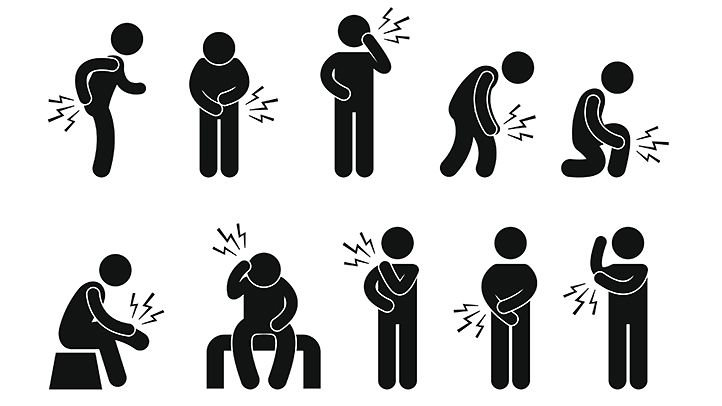An essay written by Nance examines the position of illness within a capitalist economy and explores how labor, production, and consumption change through the bodily experiences of illness. In her reflective analysis, Nance expands on the poetics of temporality and the economy of illness by incorporating the poetry of Elizabeth Arnold and Anne Boyer. Nance’s work is divided into two thematic sections. The first section expands on the role of women within the capitalist system of labor, where she analyzes Arnold’s The Reef alongside Boyer’s Garments Against Women. The second section examines the intersection of illness and time while also predicting the asynchronous temporality of Arnold’s and Boyer’s writings play a role in creating an alternative economy within their work. Nance’s analysis comprises the authors’ grammar usage, diction, and similes to form a comprehensive and detailed description of the economy of illness.
Arnold represents the idea of the linearity of time where smaller events interact collectively to form bigger outcomes. As explained in the Newtonian theory, linear time is absolute in reality, regardless of human perception. The cure of an illness is not simply in a linear relationship with time, rather, it interacts with all the different possibilities that time can bring to it. Factors such as economic situations, research advances, research fundings, human trials, and sale approvals all contribute to the pace of the treatment for disease and illness. Although the illness can return due to its unsettling linear temporality, one should not phase out but embrace the moment as collapsed time. The chronic nature of cancer creates an alternative temporality shown by Arnold that is not about the specific events happening but their duration and collapsed moments of time.
As a result of illness, Arnold’s speakers are cast into a consumer economy of medical intervention and are simultaneously cast out of standard economies of production. For example, women coping with illness are excluded from their previous roles as caregivers in the system of the economy. The battle of fighting cancer is an economic one because the illness is widespread in our bodies and accumulates capital around. People accumulate wealth when pursuing goals and are disrupted when illness competes their time off and start to compound in their bodies instead.
Later in the passage, Nance draws similarities between Pierre Bourdieu’s sociological study on taste-making to the experience of illness within the body. She believes the economy is empowered by good taste due to our affective reactions to what we deem pleasing. Taste endorses a “healthy” body while illness is viewed as bad taste. Hence why we tend to reject the experiences and sensations of illness as running counter to accepted categories of taste. But what if illness does not have any value?
Nance explains, both Boyer and Arnold address a non-reproductive component of the economy of disgust and pain. In an alternative economy, conceptualizing or experiencing pain is not as something of value but as a possible outcome of a non-chronological temporality, of the duration, they experience within illness. This economic model functions via the unnoticed and thus un(der)valued, whether ignored or avoided: the unpaid labor of women, the unacknowledged pain of those who are ill.
Source: Nance, S. (2018). An Economy of Illness: The Poetics of Women in Pain. Literature and Medicine,36(1), 164-189. doi:10.1353/lm.2018.0007


